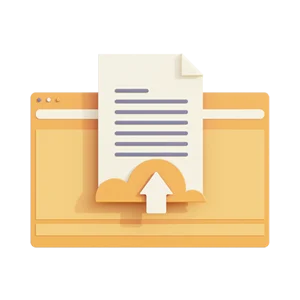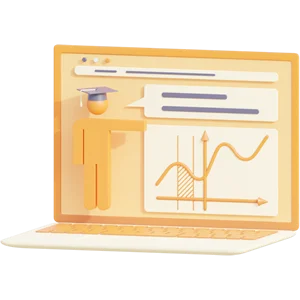Accounting Principles and Formulas Questions With Verified Answers | UPDATED
Accounting Principles and
Formulas Questions With
Verified Answers | UPDATED
Basic Accounting Equation - ANSWER Assets = Liabilities +
Owner's Equity
Business Entity - ANSWER The financial statements report
about a single business. Every business gets its own set of
books. Accountants do not mix in the owner's personal financial
information.
Current - ANSWER "Current" liabilities are those debts that must
be paid within one year or one operating cycle, whichever is
longer.
Current Ratio - ANSWER Current Assets/Current Liabilities =
Current Ratio
Debt Ratio - ANSWER Total Liabilities/Total Assets = Debt Ratio
Alternate Debt Ratio - ANSWER 100% - Equity Ratio = Debt
Ratio
Double Entry Accounting - ANSWER Recording business
transactions twice: once to show where the money came from,
and another time to show where the money went.
Equity Ratio - ANSWER Total Equity/Total Assets = Equity Ratio
Alternate Equity Ratio - ANSWER 100% - Debt Ratio = Equity
Ratio
Liability Account - ANSWER Payable or Deferred
Equity Account - ANSWER Owner's name, Withdrawal,
Dividend, Stock.
Income Account - ANSWER Sales, Income, or Revenue
Expense Account - ANSWER Expense (every expense account
should be marked with "exp." at the end)
Asset Account - ANSWER Receivable, Prepaid, Investment,
Inventory (many asset accounts merely have the name of the
asset without any special identifying word)
Book value of a long-lived asset - ANSWER Purchase Price -
Accumulated Depreciation = Book Value
Ending owner's equity formula - ANSWER Equity (beginning) +
Net Income - Withdrawal = Equity (ending)
Gross Profit (GP) - ANSWER Sales - CGS = GP
Income Statement Formula - ANSWER Sales - CGS = GP
GP - Expenses = Net Income
Cash flow statement formula - ANSWER Cash from operations
+ Cash from investment activities
+ Cash from financing activities
= Total change in cash
+ Cash - beginning of period
= Cash - end of period.
Conservative Principle - ANSWER The accounting principle that
requires accountants to resolve financial statement uncertainty in
the least favorable way.
Going-Concern Principle - ANSWER The accounting principle
that requires that financial statements be based on the
assumption that the business will last indefinitely.
Historical Cost Principle - ANSWER The accounting principle
that requires assets to be reported on balance sheets at their
historical cost.
Objectivity Principle - ANSWER The accounting principles that
requires business transactions to be recorded using the best
objective evidence.
Stable Monetary Unit Principle - A
Preview document (3 of 8 pages)
Knoowy benefits
$ 6,96
 Money back guarantee
Money back guarantee
 Documents can be downloaded immediately
Documents can be downloaded immediately
 $0.50 discount when paying with balance
$0.50 discount when paying with balance
-
 Receive free quiz questions with document
Receive free quiz questions with document

Specifications
- School: Chamberlain College Of Nursing
- Course: NURSING
- Year of study: 2024
Document
- Section: Examinations
- Made on: 01-25-2024
- Type: .pdf
- Pages: 8
- Language: English
Tags
Seller
EXCELLENT HOMEWORK HELP AND TUTORING ,ALL KIND OF QUIZ AND EXAMS WITH GUARANTEE OF A EXCELLENT HOMEWORK HELP AND TUTORING ,ALL KIND OF QUIZ AND EXAMS WITH GUARANTEE
Earn from your summaries?
Subjects of NURSING - Chamberlain College Of Nursing
More NURSING ›ati ati comprehensive predictor ati fundamentals proctored ati nutrition ati pharmacology ati rn comprehensive predictor comprehensive fundamentals health care health care / nursing health care/ nursing hesi hesi rn exit maternal newborn med surg medical nursing medical surgical mental health nurs nursing nursing & health pediatrics pharmacology test bank tncc
 Deal: get 10% off when you purchase 3 or more items!
Deal: get 10% off when you purchase 3 or more items!
Deal: get 10% off when you purchase 3 or more items!









